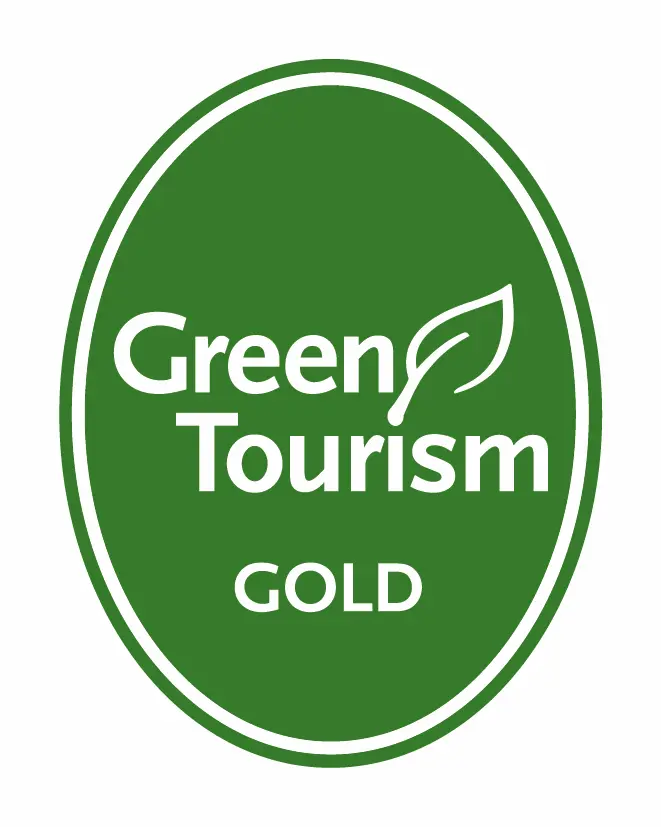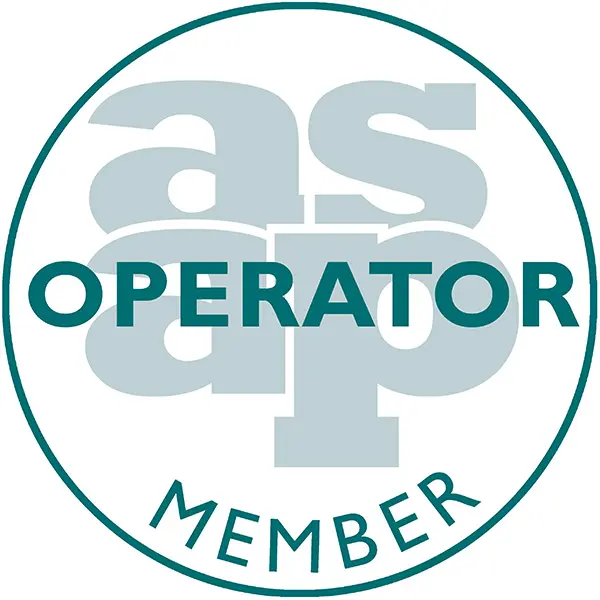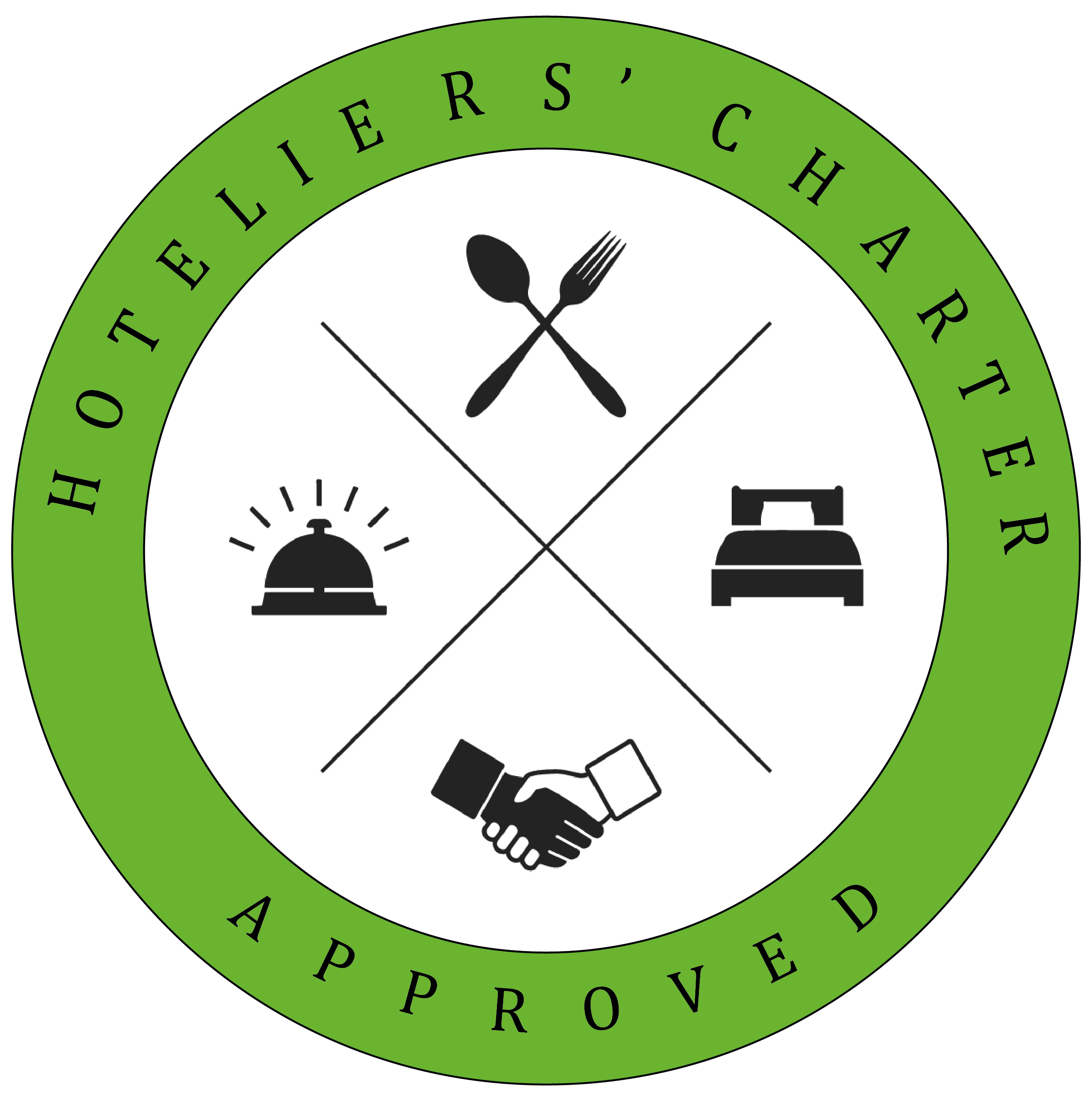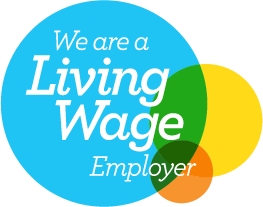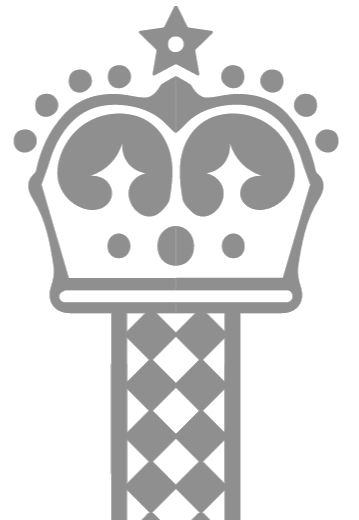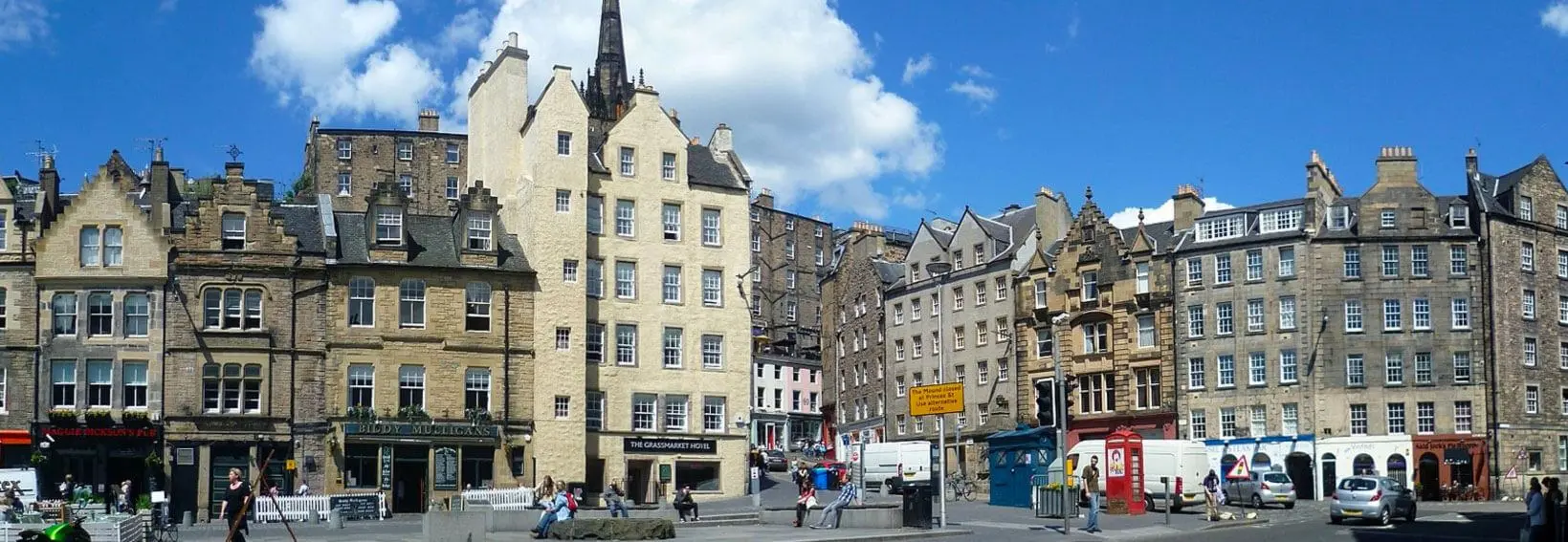
Edinburgh’s Historic Grassmarket
Edinburgh’s Grassmarket is a historic market place and an events space in the Old Town of Edinburgh, Just a short walk away from The Knight Residence by Mansley
The Grassmarket is located directly below Edinburgh Castle and forms part of one of the main east-west vehicle arteries through the city centre. It adjoins the Cowgate and Candlemaker Row at the east end, the West Bow (the lower end of Victoria Street) in the north-east corner, King’s Stables Road to the north west and the West Port to the west. Leading off from the south-west corner is the Vennel, on the east side of which can still be seen some of the best surviving parts of the Flodden and Telfer town walls.
The view to the north, dominated by the castle, has long been a favourite subject of painters and photographers, making it one of the iconic views of the city.
History
First mentioned in the Registrum Magni Sigilii Regum Scotorum (1363) as “the street called Newbygging [new buildings] under the castle”, the Grassmarket was, from 1477, one of Edinburgh’s main market places, a part of which was given over to the sale of horse and cattle (the name apparently deriving from livestock grazing in pens beyond its western end).
Daniel Defoe, who visited Edinburgh in the 1720s, reports the place being used for two open air markets: the “Grass-market” and the “Horse-market”. off the West Bow at the north-east corner, considerably altered in the Victorian period, he wrote, “This street, which is called the Bow, is generally full of wholesale traders, and those very considerable dealers in iron, pitch, tar, oil, hemp, flax, linseed, painters’ colours, dyers, drugs and woods, and such like heavy goods, and supplies country shopkeepers, as our wholesale dealers in England do. And here I may say, is a visible face of trade; most of them have also warehouses in Leith, where they lay up the heavier goods, and bring them hither, or sell them by patterns and samples, as they have occasion.”
An inscribed flagstone in the central pavement in front of the White Hart Inn indicates the spot where a bomb exploded during a Zeppelin raid on the city on the night of 2–3 April 1916. Eleven people were killed in the raid, though none at this particular spot.
The Grassmarket was also a traditional place of public executions.
A memorial near the site once occupied by the gibbet was created by public subscription in 1937. It commemorates over 100 Covenanters who died on the gallows between 1661 and 1688 during the period known as The Killing Time. Their names, where known, are recorded on a nearby plaque. One obdurate prisoner’s refusal to escape death by swearing loyalty to the Crown prompted the snide remark by the Duke of Rothes that he had chosen to “glorify God in the Grassmarket”.
In 1736 the Grassmarket formed the backdrop to the Porteous Riots which ended in the lynching of a captain of the Town Guard. A plaque near the traditional execution site now marks the spot where an enraged mob brought Captain Porteous’s life to a brutal end.
A popular story in Edinburgh is that of Margaret Dickson, a fishwife from Musselburgh who was hanged in the Grassmarket in 1724 for murdering her illegitimate baby shortly after birth. After the hanging, her body was taken back to Musselburgh on a cart. However, on the way there she awoke. Since, under Scots Law, her punishment had been carried out, she could not be executed for a second time for the same crime (only later were the words “until dead” added to the sentence of hanging). Her “resurrection” was also to some extent seen as divine intervention, and so she was allowed to go free. In later life (and legend) she was referred to as “half-hangit Maggie”. There is now a pub in the Grassmarket named after her.
In 1775, the young advocate James Boswell’s first criminal client, John Reid from Peeblesshire, was hanged in the Grassmarket for sheep-stealing. Boswell, convinced of his client’s innocence and citing Maggie Dickson’s miraculous recovery, hatched a plan to recover Reid’s corpse immediately after execution and have it resuscitated by surgeons. He was finally dissuaded from this course of action by a friend who warned him that the condemned man had become resigned to his fate and might well curse Boswell for bringing him back to life.
Sir Walter Scott described his memory of the Grassmarket gibbet in his novel The Heart of Midlothian published in 1818.
Hanging day was announced to the public, by the appearance of a huge black gallows-tree towards the eastern end of the Grassmarket. This ill-omened apparition was of great height, with a scaffold surrounding it, and a double ladder placed against it, for the ascent of the unhappy criminal and the executioner. As this apparatus was always arranged before dawn, it seemed as if the gallows had grown out of the earth in the course of one night, like the production of some foul demon; and I well remember the fright with which the schoolboys, when I was one of their number, used to regard these ominous signs of deadly preparation. On the night after the execution the gallows again disappeared, and was conveyed in silence and darkness to the place where it was usually deposited, which was one of the vaults under the Parliament House, or courts of justice.”
The old market area is surrounded by pubs, clubs, and local retail shops. Many students live in the Grassmarket, though its openness (due to the large market space) and proximity to the centre of town now tend to increase house prices.
North-east corner of the Grassmarket. Up until 1764 public hangings took place on a spot just to the left of the yellow traffic sign. Thereafter, they were carried out in the Lawnmarket until the last hanging there in 1864.
Most buildings are Victorian but some, such as the White Hart Inn and its encompassing tenement are early 18th century. Several modern buildings on its southern side disrupt the unity of the otherwise old streetscape.
For most of its history the Grassmarket was one of the poorest areas of the city, associated in the nineteenth century with an influx of poor Irish and the infamous murderers Burke and Hare. Up until quite recently it was still to some extent associated with homelessness and drunkenness before its rapid gentrification as a popular tourist spot.
The area is, and always has been, dominated by a series of public houses. In recent years many have become more family-friendly and include dining areas. The council has recently further encouraged these to spill over onto outside pavements, giving the place a more Continental atmosphere.
The Grassmarket was subject to a streetscape improvement scheme carried out 2009-2010 at a cost of £5 million. Measures aimed at making the area more pedestrian-friendly included the extension of pavement café areas and the creation of an “events zone”.
The “shadow” of a gibbet was added in dark paving on the former gallows site (next to the Covenanters’ Monument) and the line of the Flodden Wall at the western end delineated by a strip of lighter paving from the Vennel on the south side to the newly created Granny’s Green Steps on the north side.


